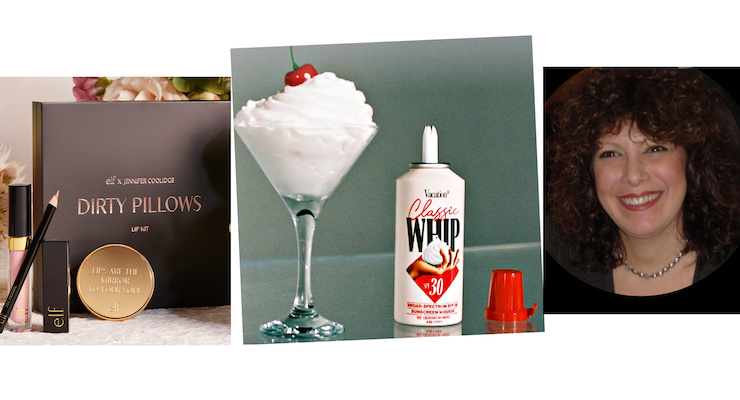Sharon Garment, President, SG Beauty Development, Inc.12.04.23
There’s been an evolution in the term “innovative packaging.” The meaning of innovation has changed and continues to evolve because of the viral nature of development now. There are so many new factors that influence and dominate the process, many of which historically did not exist.
Before the Internet, there was only classic advertising as a way to convey newness or novelty. But now, everything has to be viewed through a new filter in order to resonate with a new audience.
Developing an innovative package or product was once solely focused on performance and user experience. Now, novelty, 'catchiness,' and engagement drive the experience.
Ultimately, innovation is always in tension with both speed to market and scalability.
Innovation—or Novelty?
Innovation comes in many forms, whether it is a new way of application, or refillable/reusable options, or just a whole new sensorial aspect thast can be transformational, such as a powder to cream formula, water to emulsion, or solid to melting. Each of these product formats succeed in engaging the consumer on a more interactive level—and reinforces brand position.Unfortunately, novelty for the sake of novelty does not always translate to a long-term commitment to a brand. The experience now must relate on a much more visceral level to the consumer where it can then have a halo effect for the rest of the product portfolio.
A good example of this is the Vacation Whipped Sunscreen (shown abive) which hit all the right buttons for novelty and engagement with its air whip formula. The overall brand ethos and identity came through—and likely influenced purchase across the brand's other products.
E.l.f. has been extremely successful with this strategy as well. (E.l.f. recently launched the provacatively named 'Dirty Pillows' Lip Kit with Jennifer Coolidge, shown above.)
Sustainable Packaging Needs to be More Meaningful
Package development today, even when focused on innovation, means being sustainable, since sustainability is predominant at every level of the development cycle.Sustainable packaging, however, is a term that is still so broad—and open to a multitude of interpretations and executions. There's no specific governance other than individual groups creating their own rule books.
Sustainability in packaging, despite being a focus for the last 20 years, is still far from optimal effectiveness. This is because the processes and stakeholders continue to be solidly entrenched and difficult to transform.
So many factors need to come together, from energy generation to new material development to new process development, and all need to be optimized before we can hope to have meaningful results.
Material Development & Supply Chain Challenges
The challenge right now is that there is such a push for recyclable and sustainable materials, yet few have been fully proven. Often, their limitations do not allow them to support across categories.For example, many of the new materials being explored can only support anhydrous formulas, lest they dissolve unto themselves. So adopting them cannot be comprehensive, and this presents challenges with marketing and messaging.
Additionally, with new materials, aside from the requisite testing, there are significant supply chain challenges that will influence a willingness to embrace these new options.
ABOUT THE AUTHOR
Sharon Garment is president of SG Beauty Development, Inc. Connect on LinkedIn.
Related—Read Next
More from Sharon Garment & other beauty industry experts in the feature:Why Innovative Packaging Is Now a ‘Must-Have’ for Beauty Brands


















